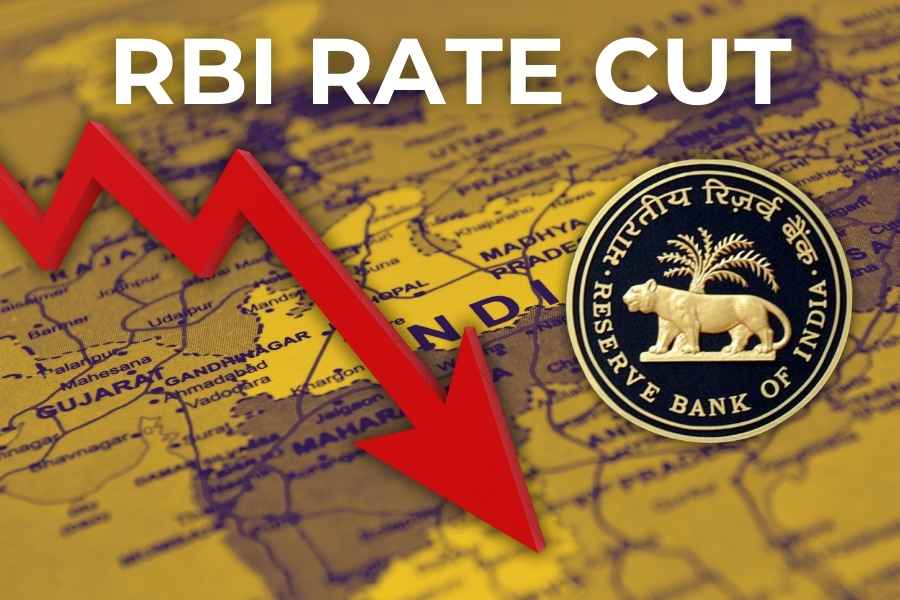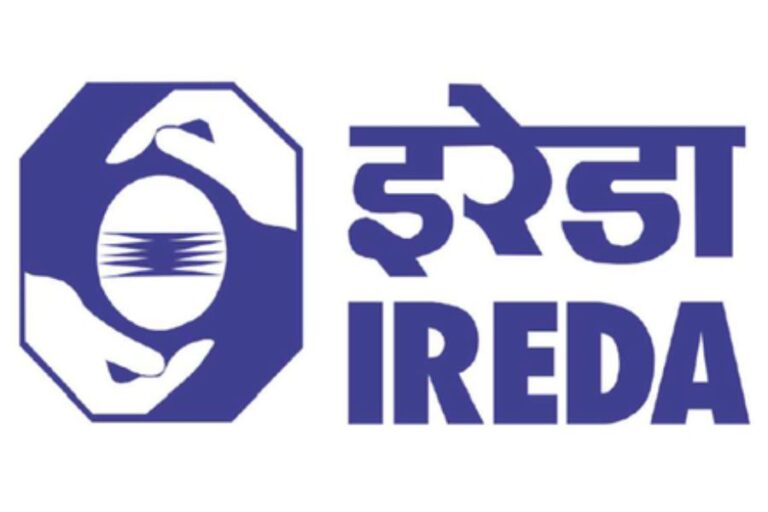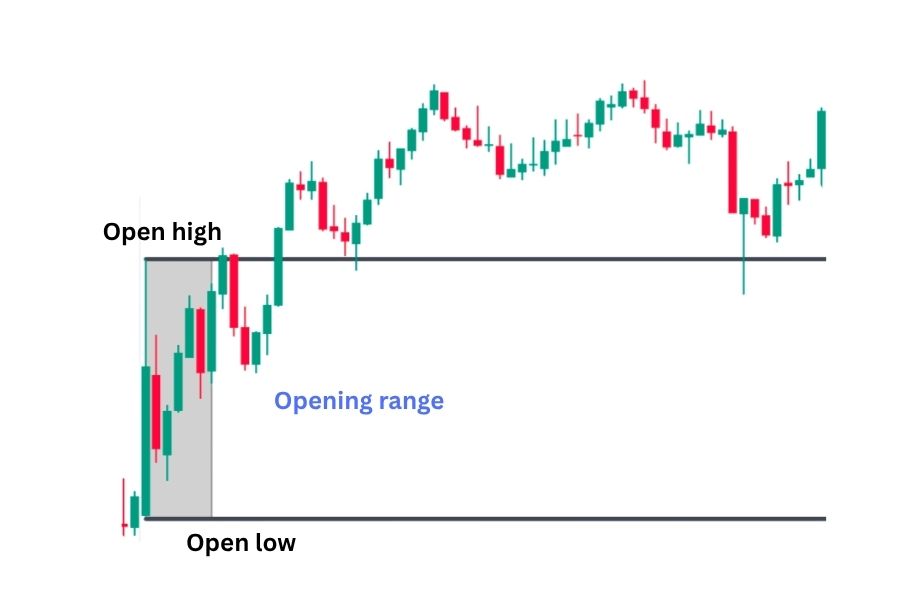
RBI Cuts Repo Rate to 6%: How It Affects Your Loans, Stocks & the Indian Economy
Reserve Bank of India (RBI) has cut the repo rate by 25 basis points to 6% from 6.25%, announced in the meeting held on 9th of April. Trump’s reciprocal tariff is a possible reason behind this second rate cut this year.
Reasons behind RBI’s Rate cut
The RBI’s Monetary Policy Committee (MPC) stated that this decision was taken to support and boost growth while keeping an eye on inflation.
Here are the key drivers behind this decision:
- Inflation is under control: RBI expects CPI inflation to remain well within its comfort zone of 2–6%. In fact, Q1FY26 inflation is expected to fall to just 3.6%.
- Growth trajectory needs a push: New projected GDP growth for FY26 has been shifted down from 6.7% to 6.5%, signaling some concern around domestic demand.
- Global rate environment: As the world’s major central banks go easy on rates and adopting more accommodative stance, the RBI is keeping pace to stay relevant and competitive
- Tariff-related pressures: India’s recent rise in import tariffs on electronics and chemicals is raising business costs. A rate cut offers industries an ease by reducing borrowing expenses.
Updated Projections by RBI
CPI Inflation (Consumer Price Index)
| Period | Previous | Now |
|---|---|---|
| FY26 | 4.2% | 4.0% |
| Q1FY26 | 4.5% | 3.6% |
| Q2FY26 | 4.0% | 3.9% |
| Q3FY26 | 3.8% | 3.8% |
| Q4FY26 | 4.2% | 4.4% |
Inflation is expected to ease in the short-term, giving RBI more flexibility to cut rates without overheating the economy.
GDP Growth (Real GDP)
| Period | Previous | Now |
|---|---|---|
| FY26 | 6.7% | 6.5% |
| Q1FY26 | 6.7% | 6.5% |
| Q2FY26 | 7.0% | 6.7% |
| Q3FY26 | 6.5% | 6.6% |
| Q4FY26 | 6.5% | 6.3% |
The growth outlook is still healthy, but slight downgrades suggest concerns about consumption and external demand.
What This Means for You
Here’s how the repo rate cut could directly affect your pocket:
- EMIs may reduce: On home, personal, and car loans
- Easier business loans: Great for startups, MSMEs, and entrepreneurs
- Lower deposit rates: Returns on savings accounts and FDs may drop
How Tariffs & Rate Cuts Work Together
India’s recent tariff hikes aim to protect local industries and encourage domestic manufacturing, but they also raise production costs. By cutting the repo rate, the RBI is helping balance this out, giving businesses cheaper access to capital to offset higher import bills.
In simple terms, it’s like turning down the cost of money when the cost of goods goes up.
Top Sectors and Companies to Watch after the Rate cut
This rate cut is particularly positive for interest-rate-sensitive sectors and tariff-impacted industries. Here’s who could benefit:
| Sector | Impact | Companies to Watch |
| Banking & NBFCs | Lower cost of funds = better lending margins + higher demand for credit | HDFC Bank, ICICI Bank, Axis Bank, Bajaj Finance |
| Real Estate & Housing Finance | Rate cuts can revive housing demand and boost developers’ cash flows | Godrej Properties, DLF, HDFC Ltd, LIC Housing Finance |
| Automobile | Lower interest on auto loans can drive up sales | Maruti Suzuki, Tata Motors, Mahindra & Mahindra |
| Infrastructure & Construction | Cheaper financing = easier rollout of large infra projects | L&T, IRB Infra, Adani Ports |
| Tariff-Hit Industries | With import duties rising, rate relief softens the blow for businesses | Dixon Tech, Tata Chemicals, PI Industries, Bharat Forge |
The repo rate cut may seem technical, but it affects EMIs and supports industries amid global challenges. With stable inflation and slowing growth, the RBI aims to boost the economy without triggering prices.
Written by Shreyash Moundekar
Share this insight




